Table of Contents
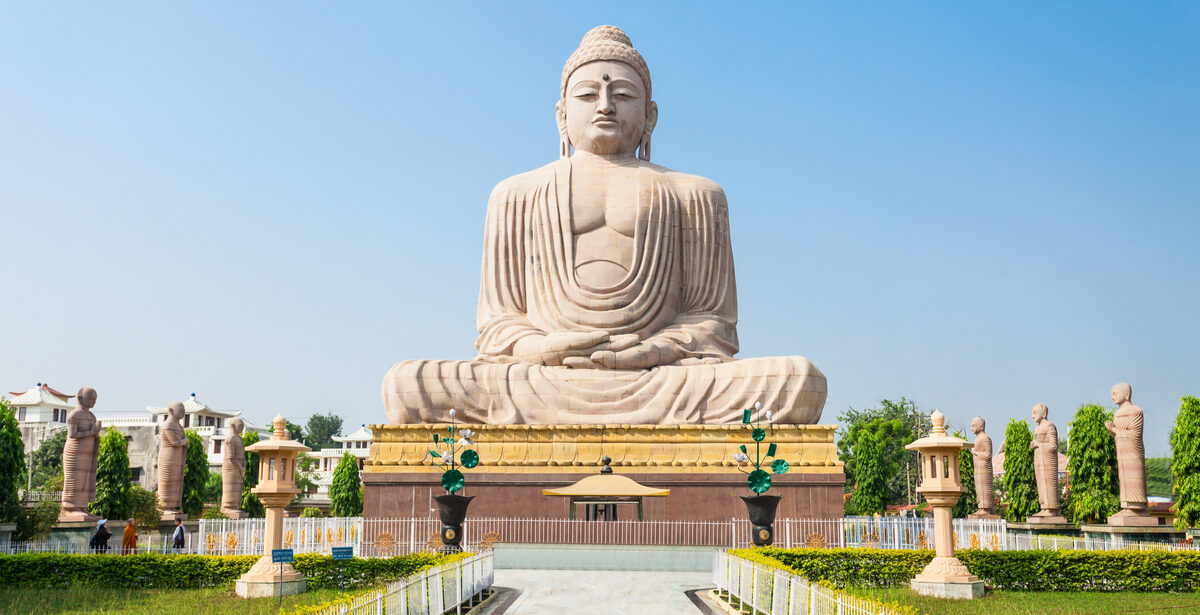
Introduction: Buddhism
Buddhism, originating in ancient India, is a religion or a philosophical and spiritual tradition based on the teachings of Siddhartha Gautama, known as the Buddha.
It originated as a Sramana tradition in ancient India between the 6th and 4th centuries BCE.
It emphasizes enlightenment through meditation, ethical living, and understanding the nature of suffering.
Buddhism has diverse schools and practices, with major branches including Theravada, Mahayana, and Vajrayana.
Today, it is a global faith with millions of followers worldwide, influencing philosophy, art, and culture across centuries.
Life of Buddha
- Real Name: Siddhartha Gautama
- Titles: Gautama Buddha, Shakyamuni
- Birth: 563 BCE, Lumbini (in modern-day Lumbini Province in Nepal). Buddha’s Birthday is called Buddha Purnima.
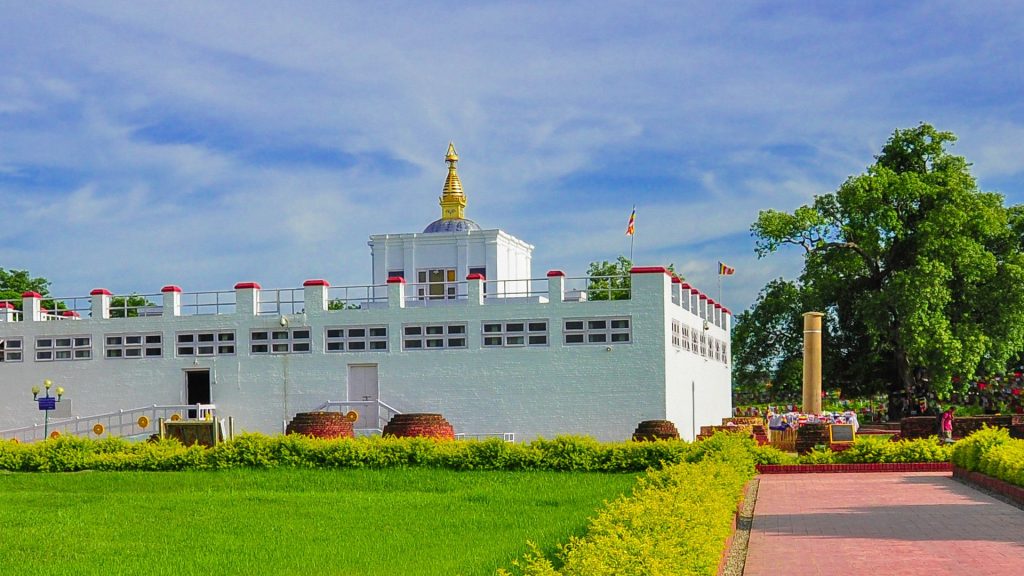
- Father: Suddhodana (chief of the Shakya clan)
- Mother: Mayadevi (a princess from the ancient Koliya Kingdom, now the Rupandehi District of Nepal)
- Spouse: Yashodhara
- Children: Rahul
- Enlightenment: Bodh Gaya, Gaya district Bihar
- First sermon: Sarnath, UP
- Death: 483 BC, Kushinagar, UP. It is called ‘Mahaparinirvana‘ by the Buddhists.
Maitreya is regarded as the future Buddha of this world according to Buddhist belief.
Philosophy of Buddhism
Four Noble Truths ( The Four Arya Satyas )
- They are traditionally identified as the first teachings given by the Buddha and are considered one of the most important teachings in Buddhism.
| Dukkha | anything that is causing sorrow or sadness the term also appears in the Upanishads, in discussions of moksha (spiritual liberation) |
| Samudaya | There are reasons to be sad. Desire is the cause of sorrow. |
| Nirodha | ending of this dukkha can be attained by the renouncement of this craving, desire, or attachment. |
| Magga (path, Noble Eightfold Path) | path to liberation from dukkha |
The Noble Eightfold Path (Ashtangik Marg)
- The Eightfold Path is the Buddhist practice of liberation from samsara, the painful cycle of rebirth, in the form of Nirvana.
- Right views,
- Right aspiration,
- Right speech,
- Right conduct,
- Right livelihood,
- Right effort,
- Right mindfulness, and
- Right meditation.
Middle Path
- A middle way to nirvana was demonstrated by the Buddha. He believed that it is not possible to get peace through the complex rituals and festivals of the Hindus, it is also not possible to get liberation through austerity and self-torture like the Jains.
- He did not support the cruel practices of Hindus such as animal sacrifice and cruelty to animals, and he also did not believe that there is life in stones and metals.
- Buddha made his religion very realistic, thinking that a householder couldn’t live in extreme conditions. This is why he favoured a middle-path approach.
- This is the famous “Middle Path” which excludes both ultimate luxury and rigorous self-abnegation.
Buddhist Councils
- Buddha did not write down his teachings. He used to give verbal advice to his disciples.
- The language spoken then was Pali.
- After his death, his disciples gathered in a place called Rajagriha and wrote down his teachings. This meeting is known as the first Buddhist Council.
- Later, when disagreements arose about the Buddha’s teachings, Buddhist Councils were called to settle them.
| Councils | Years | Venues | Presided by | Royal Patrons | |
|---|---|---|---|---|---|
| First Buddhist Council | 483 BCE (held just after Buddha’s nirvana) | Sattapanni caves in Rajgriha | Mahakasyapa | Ajatashatru | The First Council was held to review and preserve the Buddha’s teachings (suttas) and the rules for monastic life (Vinaya). The Suttas were recited by Ananda, and the Vinaya was recited by Upali. Ananda and Upali were among the ten chief disciples of the Buddha. |
| 2nd Buddhist Council | 383 BCE | Vaishali | Sabbakami | Kalasoka | The Council was held to settle a dispute between Sthaviravadins and Mahasanghikas on certain practices of Buddhist monks. |
| 3rd Buddhist Council | 250 BCE | Patliputra | Mogaliputta Tissa | Ashoka | Ashoka convened the third Council when rival factions arose among the Buddhists. He sent Buddhist missionaries to other countries. The decision of this meeting was recorded in the Sarnath pillar inscription. |
| 4th Buddhist Council | 1st Century CE | Kashmir | Kanishka | Vasumitra | Buddhism was divided into the Mahayana sect and the Hinayana sect. |
Sects of Buddhism
- The fourth and last session of the Buddhist Council was held at the initiative of Kanishka either in Kashmir or at Jalandhar in Punjab. It was during this period that Mahayana Buddhism arose. It is a modified form of Buddhism. The earliest form of Buddhism is known as Hinayana.
- The differences between the two branches are numerous and include teachings, liberation goals, spiritual paths, practices, emphasis on bodhisattvas, views on Buddha nature, scriptures, geographic spread, and historical influence.
Hinayana (The Lesser Vehicle)
- Geographic Spread: Primarily practiced in Southeast Asia and Sri Lanka.
- Belief:
- Emphasizes individual liberation and personal enlightenment.
- Focuses on the Four Noble Truths and the Eightfold Path as the means to achieve liberation (nirvana).
- Regards Siddhartha Gautama as a human being who attained Nirvana, not as a divine being.
- Goal: Attaining individual enlightenment and liberation from the cycle of birth and death (samsara).
- Scriptures: Follows the Pali Canon, which contains the earliest recorded teachings of the Buddha.
- View on Bodhisattvas: Generally does not emphasize the concept of bodhisattvas (enlightened beings who postpone their nirvana to help others achieve enlightenment).
Mahayana (The Great Vehicle)
- Geographic Spread: Predominantly practised in East Asia (China, Japan, Korea), Tibet, and parts of Southeast Asia.
- Belief:
- Emphasizes compassion and the ideal of the bodhisattva, who vows to attain enlightenment for the benefit of all sentient beings.
- Recognizes multiple paths to enlightenment, not just the monastic life.
- Teaches the doctrine of emptiness (sunyata) and the interconnectedness of all phenomena.
- Goal: Attaining Buddhahood for the benefit of all beings, not just personal liberation.
- Scriptures: Includes additional texts beyond the Pali Canon, such as the Mahayana Sutras, which present teachings attributed to the Buddha.
- View on Bodhisattvas: Central to Mahayana, bodhisattvas are seen as compassionate beings who guide and assist others on the path to enlightenment.
Vajrayana or Vehicle of Thunder Bolt
- Vajrayana (diamond vehicle), is a subcategory of Mahayana Buddhism that emphasizes the use of tantric practices to attain enlightenment in a single lifetime.
Buddhist Text
- Shortly after the Buddha attained nirvana, his chief disciples gathered in a general assembly at Rajagriha City in Bihar and recorded a complete and authentic compilation of his teachings.
- This compilation as a whole is known as “Tripita” i.e. the collection of three volumes.
- The first part is called “Vinaya Pitaka“. It describes the rules to be followed by Buddhist monks and nuns and the general management of Buddhist monasteries.
- The second part is called “Sutra Pitaka“. It contains the sermons of the Buddha.
- The third part, named “Abhidharma Pitaka“, contains a discussion and explanation of the underlying philosophy of Buddhism.
Buddhist Art and Architecture
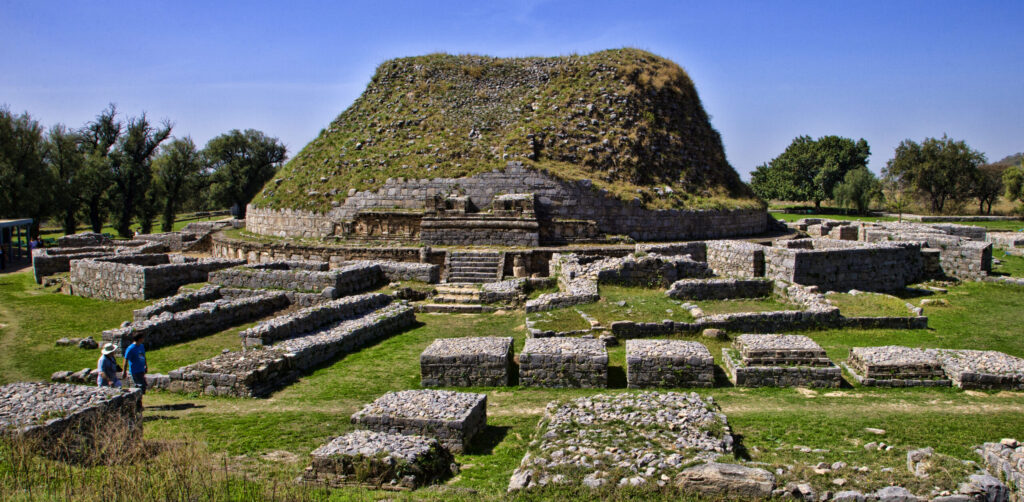
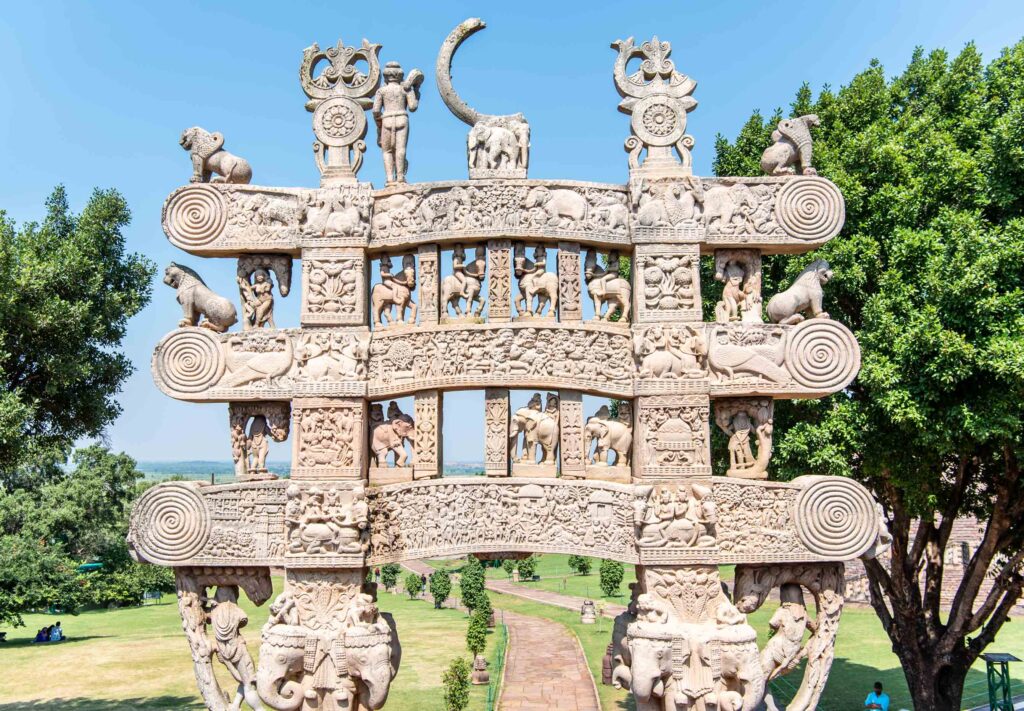
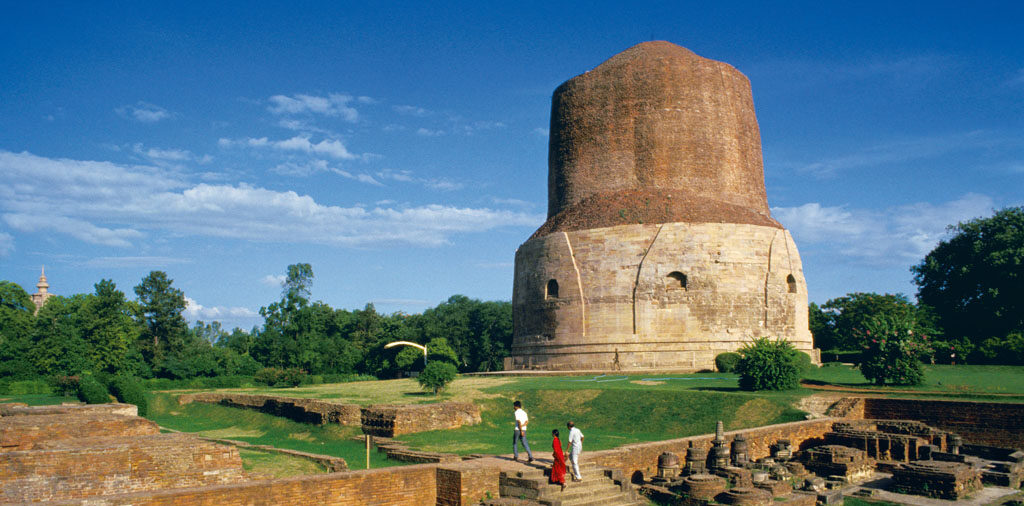
Decline of Buddhism in India
- Buddhism depended on the favour of the king. Later, when Buddhism was deprived of royal favour, its influence on the people began to decrease.
- Later, when Tantricism entered Buddhism and Buddhists started worshipping Buddha idols following Hinduism, it became easier for Hinduism to bring Buddhists back to Hinduism.
Buddhist Pilgrimage Sites in India
- Bodh Gaya, Bihar:
- Bodh Gaya is perhaps the most sacred site in Buddhism as it is where Siddhartha Gautama attained enlightenment under the Bodhi tree and became the Buddha.
- The Mahabodhi Temple complex, a UNESCO World Heritage Site, marks the spot of the Buddha’s enlightenment and houses the iconic Bodhi tree.
- Sarnath, Uttar Pradesh:
- Sarnath is where the Buddha delivered his first sermon, known as the Dhammacakkappavattana Sutta.
- The Dhamek Stupa and the ruins of ancient monasteries and stupas in Sarnath attract pilgrims and visitors.
- Kushinagar, Uttar Pradesh:
- Kushinagar is where the Buddha passed away and attained Parinirvana (final liberation) after achieving enlightenment.
- The Mahaparinirvana Temple and the reclining Nirvana statue of the Buddha are major attractions for pilgrims.
- Sanchi, Madhya Pradesh:
- Sanchi is famous for its ancient Buddhist stupas and monuments, including the Great Stupa built by Emperor Ashoka in the 3rd century BCE.
- The intricate carvings and sculptures at Sanchi depict scenes from the life of the Buddha and are significant for understanding early Buddhist art and architecture.
- Nalanda, Bihar:
- Nalanda was a renowned centre of Buddhist learning and one of the world’s earliest universities.
- It attracted scholars and students from across Asia and played a crucial role in the development and spread of Buddhist philosophy and teachings.
- Rajgir, Bihar:
- Rajgir is associated with several important events in the Buddha’s life, including his teachings at the Gridhakuta Hill (Vulture’s Peak) and the formation of the first Buddhist monastic community.
- The place is also referred to as “Gujjhakut” in Buddhist text.
- The Japanese-built Vishwa Shanti Stupa atop Ratnagiri Hill offers panoramic views of the surrounding landscape.
- Vaishali, Bihar:
- Vaishali was an important centre for early Buddhism and the site of several significant events in the Buddha’s life, including the conversion of Ambapali, a famous courtesan, and the establishment of the Bhikkhuni Sangha (order of nuns).
- Lumbini, Nepal (near the Indian border):
- Lumbini is the birthplace of Siddhartha Gautama, located in present-day Nepal.
- It attracts pilgrims from around the world to visit the Maya Devi Temple and the sacred garden where the Buddha was born.
